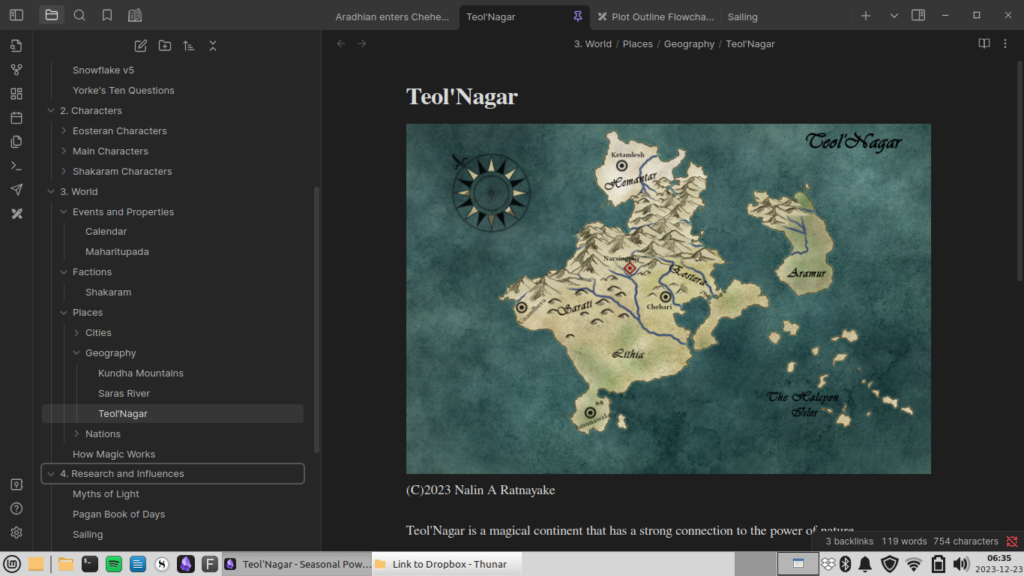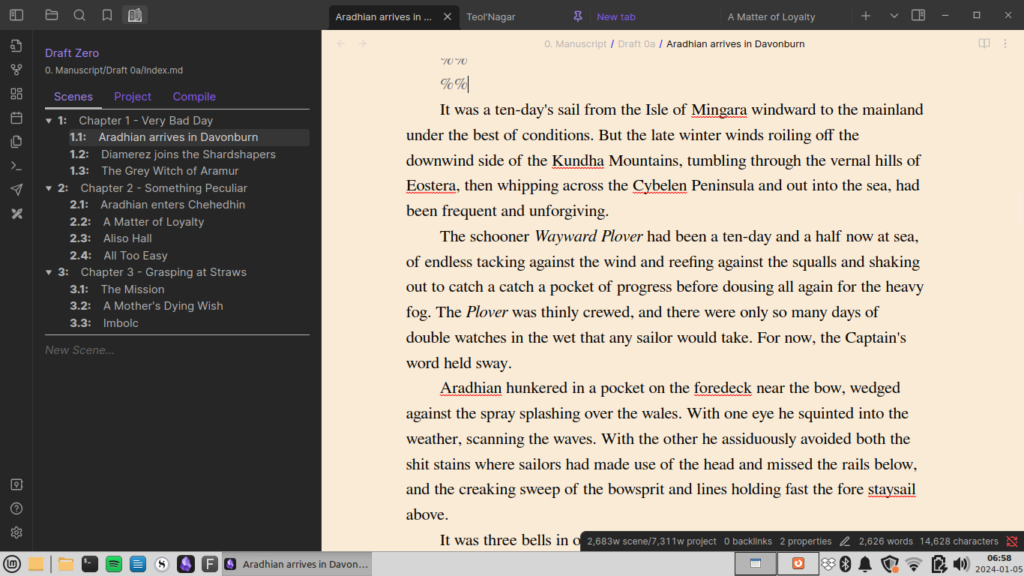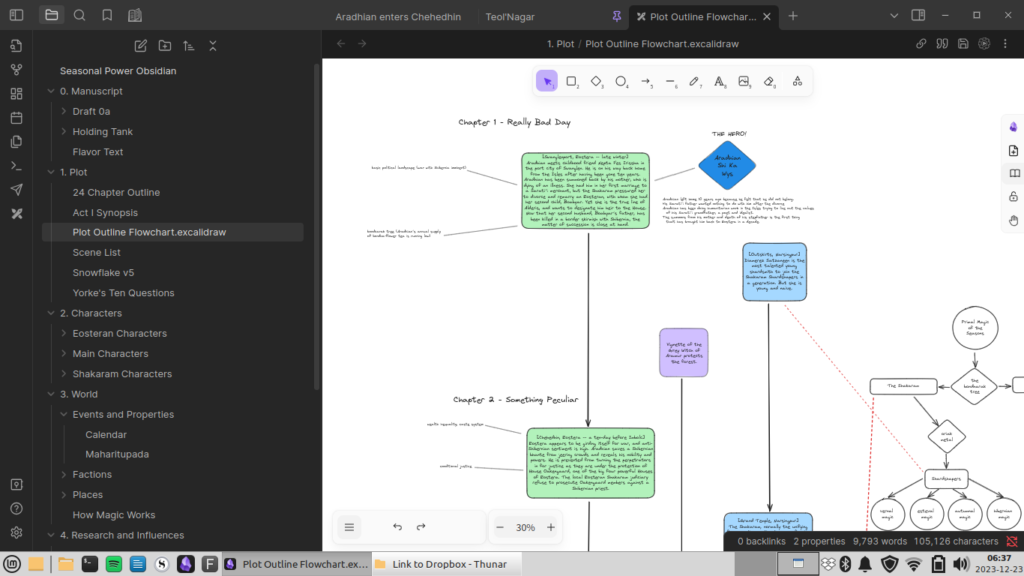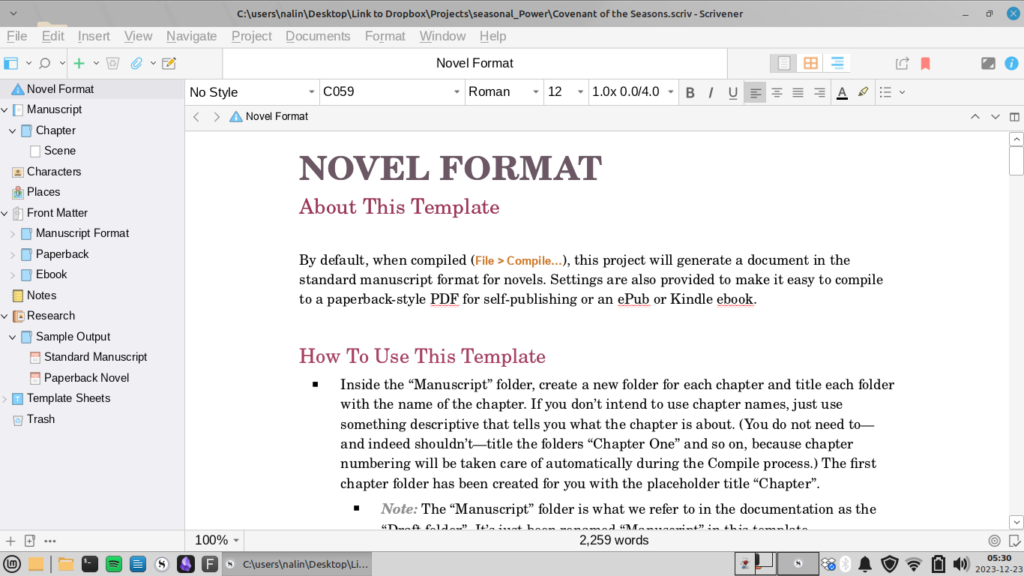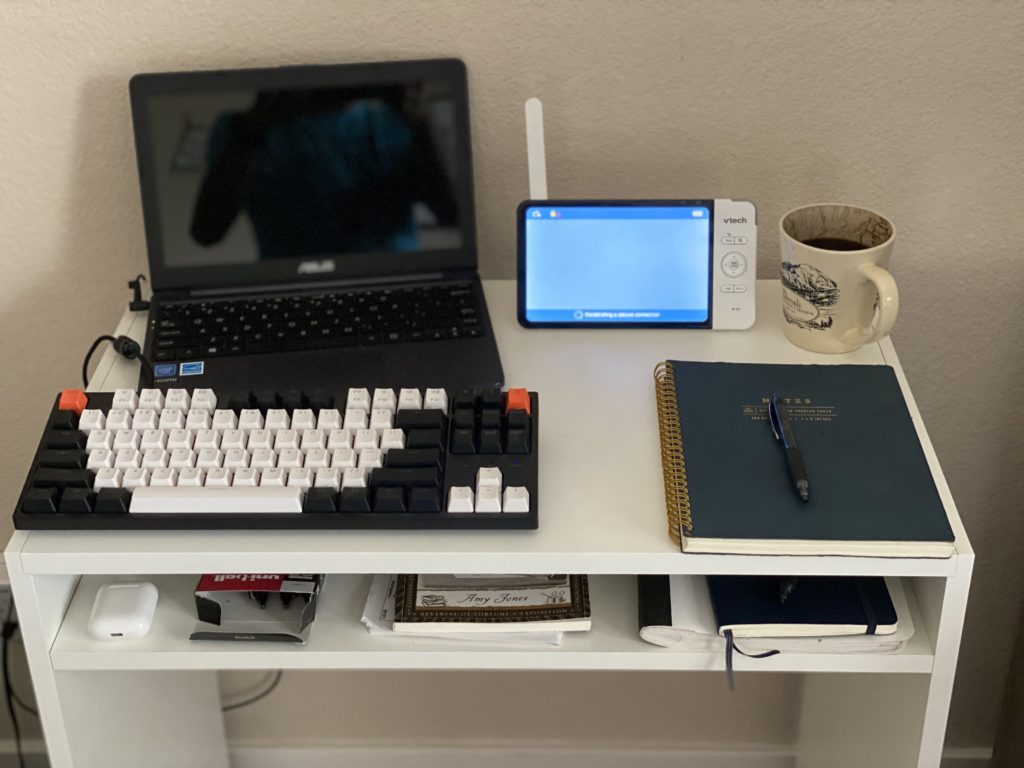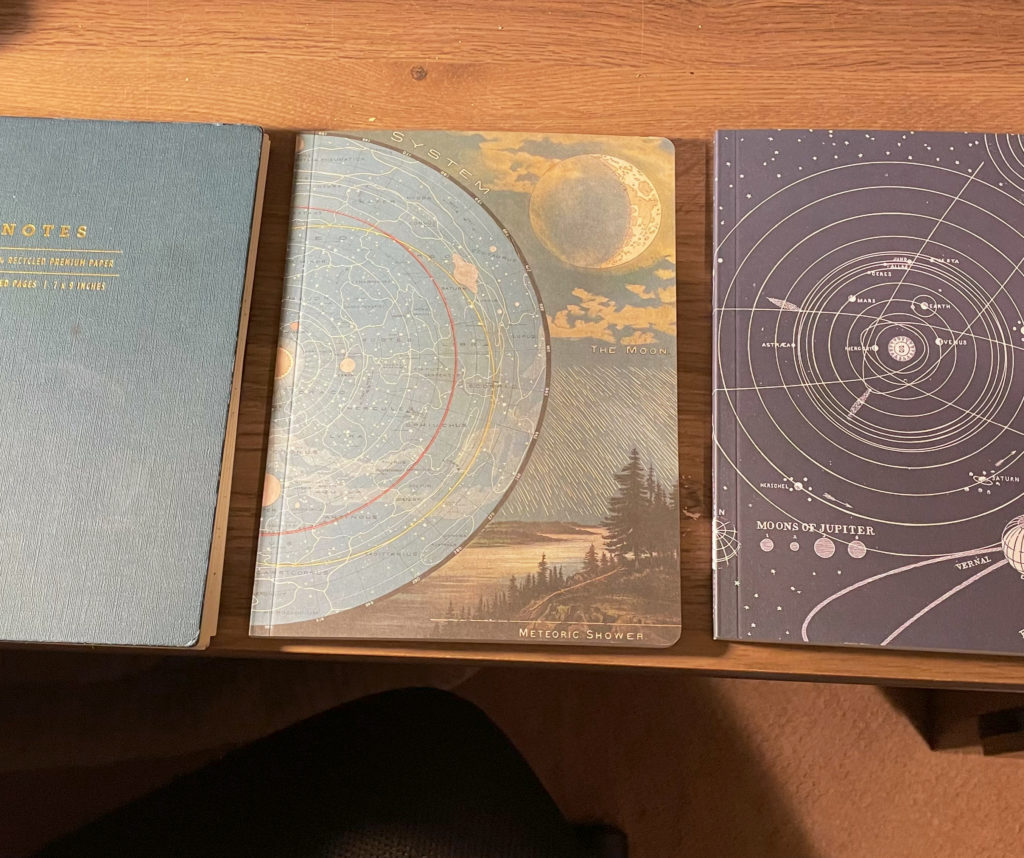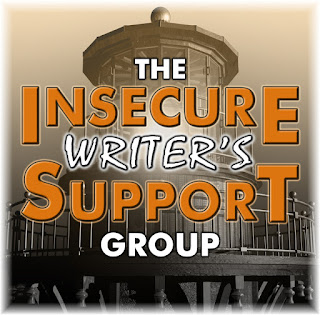I don’t write book reviews much anymore. Even though I’m no longer on GoodReads, it has long since felt as though there is little I could say that hasn’t been said and posted repetitively on some social media or another a billion times already. But The Seven Moons of Maali Almeida, by Shehan Karunatilaka, had such a strong, personal impact on me, I think it’s worth typing something up here, if only to focus on the aspects that I know will affect my own personal journey as a writer.
First, a very basic plot summary: Maali Almeida – war photographer, broken idealist, and gay player of the field – is dead. He wakes up, with no memory of what happened, in a kind of purgatory – a bureaucratic quagmire full of fellow Sri Lankans all quite used to waiting in long government office lines and bickering about it. He has seven moons to decide if he will continue on to the afterlife or remain behind to haunt the mortal world until his soul is eaten by demons. What follows is Maali’s quest to find out who killed him, and more importantly to convey his last sentiments and wishes to the two people most dear to him in life. Along the way, Maali faces his own mistakes, hopes, hypocrisies, missed chances, and pockets of happiness against the backdrop of 1980s Sri Lanka, which were arguably the most horrific years of the decades long, brutal, multi-way civil war that wracked the country of my parents and heritage.
Permission to be Sri Lankan
Though I am not Sri Lankan myself (that is, I was not born there nor have I ever lived there, and I do not consider it my country), it is certainly the land of my heritage and one with which I feel a strong cultural connection. My name, my extended family, the food I consider to be “home cooking”, and where I’d love to take my future child someday to show them their roots are all Sri Lankan.
When writing though, I often wonder how much of that to put in. Is it relatable? Do I have the right to talk about a country that isn’t mine, a claimed ethnic background that comes with egregiously American-accented Sinhala and no directly lived experience? Am I allowed to draw on a mythos and cosmological perspective, say for fantasy world-building, from a culture in which I am very nearly a tourist myself? Will the general reader be turned off by characters with unfamiliar, unpronounceable Sinhalese names?
Seven Moons was remarkably empowering in this sense. The novel is full of fantastically Lankan names like A.S.P. Ranchagoda and all manner of Lankan places that I can remember from trips to visit my grandparents when they were still alive. The mannerisms of Lankan speech, behavior, and thinking are so well captured, I can literally visualize the entire story being acted out by members of the Sri Lankan diaspora community that I know. (I do wonder how these mannerism and quirks convey, if at all, to non-Lankan readers.) And yet, the author has also clearly taken Lankan popular mythology, ancient history, and modern urban culture and thoroughly remixed it with whatever he damn well pleased into a fascinating blend of magical realism (Salman Rushdie comes to mind) meets gritty political thriller and contemporary murder mystery.
So I guess I don’t need to be “culturally accurate” to be interesting? And if a guy named Karunatilaka (for god’s sake) can win the Booker Prize and have the NY literati call him a genius, hey, maybe I have a shot? Thanks for the boost, Shehan aiya.
Mechanics and Structure
I’ve been trying to “read like a writer” more, especially with fiction, and think intentionally about how the author structured the story and what techniques they used to convey plot, character, and theme. I like how the author used the story itself to impose a natural structure on the plot – the book takes place, obviously, over seven moons of time with the main, load-bearing narrative thread being the murder mystery plot featuring Maali’s friends Jaki and DD, who are still alive, as they try to piece together what happened to him.
Maali cares less about figuring out who killed him than resolving his feelings and regrets with respect to DD and Jaki, who can neither see nor hear him directly. Maali also wants them to find the negatives of certain photos he took during his career photographing the Sri Lankan Civil War, and to make them public – thus, he hopes, vindicating his life’s work now that he is dead. His inner character arc progresses through reflections and realizations prompted by aspects of his relationships with DD and Jaki, helped along by plenty of flashbacks to scenes between some combination of the three of them when he was still alive.
I really liked the parallel paths of external plot driving the narrative with internal character threads hanging off of it and providing depth, the two story paths intertwined but distinct. I may actually try that same approach with the novel idea I’m working on now.
Oscar Wilde is credited with saying, “If you are going to tell people the truth, you’d better make them laugh. Otherwise, they’ll kill you.” In the manner of the best comedians, Karunatilaka uses plenty of dry wit and hilarious Lankan situational irony to get away with stripping bare the hypocrisies of literally everyone even remotely involved in the civil war, including Sri Lankan government, the Tamil Tiger revolutionaries, the JVP communists, the Indian Peacekeeping Force, various so-called charities, the western nations who armed all sides and trained their torturers while pretending to try to broker peace, the upper middle class English speaking educated “Colombo Bubble” who lived lives of relative safety while most of the country burned, and pretty much everyone else with an opinion of any kind.
The influence of Kurt Vonnegut very evident. If you liked Slaughterhouse Five, you’ll vibe with this.
A Character Arc With Something To Say
In his writing workshop on Masterclass, Salman Rushdie says “Work close to the bull.” The bull, in this analogy, is the dangerous emotional or personal truth that lurks in your subconscious lived experience, which may gore you if you step too close without preparation. But a matador who pretends to fight the bull but stands far from the horns, and is thus never in any real danger, delivers a lackluster and boring performance.
Karunatilaka has done an admirable job of working close to the bull. The corruption, brutality, homophobia, idealism, cynicism, hope, love, rage, and frustration dripping from Seven Moons certainly seems drawn from powerful lived experience and emotional truth. Even if none of the events and feelings described never occurred directly to the author, which I very much doubt, then they are at least rendered skillfully enough to appear so, which in the literary context is the same thing.
I think what hooks me about the protagonist, Maali, is that while outwardly he is a cynic, underneath he really wants to believe. He is, in fact, a shattered idealist, hyperaware of his own flaws yet lacking the courage to face them, showing up to the one cause that he believes in – war photography that is unsparing of the futile horror of war – simply because he can’t think of any other way he can make a difference in an uncaring and randomly cruel world.
“How else to explain the world’s madness? If there’s a heavenly father, he must be like your father: absent, lazy and possibly evil. For atheists there are only moral choices. Accept that we are alone and strive to create heaven on earth. Or accept that no one’s watching and do whatever the hell you like. The latter is by far easier.”
– Shehan Karunatilaka, The Seven Moons of Maali Almeida
Indeed, the worldview that blares through the chaos and strife of the novel is not only contemptuous of religion of any kind, but unflinchingly (if reluctantly) outright nihilist. And yet, ultimately, I didn’t find the novel to be depressing, but rather an admonishment to make the best use of the fleeting moments we have to live the best lives we can, before inevitable oblivion where nothing else matters anyway.
“Because, on reflection, once you have seen your own face and recognized the color of your eyes, tasted the air and smelled the soil, drunk from the purest fountains and the dirtiest wells, that is the kindest thing you can say about life. It’s not nothing.”
– Shehan Karunatilaka, The Seven Moons of Maali Almeida
If that sounds bleak, I’m not sure he would apologize. And I’m not sure he has to.
I’m taking notes.
